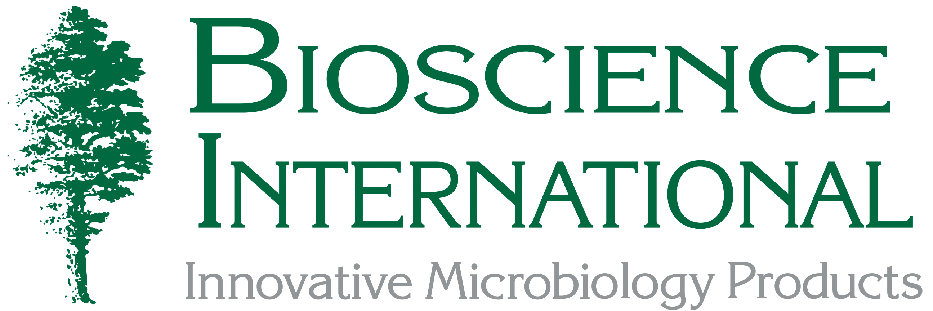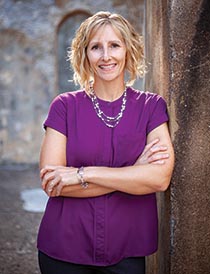USP 797: Change Is Here
By Abby Roth, ASQ CMQ/OE
Owner/Microbiologist at Pure Microbiology
On November 1, 2022, USP released the official version of General Chapter 797. This release brings significant changes to sterile compounding operations and facility design, all with the intention of improving patient safety and ensuring patient access to essential medications. Because many of the new requirements will require extensive time to incorporate into policies and procedures, USP has set a one-year implementation date of November 1, 2023.
The areas where we see major changes are beyond-use dates (BUDs), facility design, viable sampling, training and competency, cleaning, and garbing. The changes in these areas are intertwined with the new compounded sterile preparation (CSP) categories. Additionally, the term “designated person” is introduced.
Viable Sampling
There are changes to viable air and surface sampling frequencies. Those compounding Category 1 and 2 CSPs are required to perform viable air sampling at least every six months and surface sampling at least monthly. Those that perform Category 3 compounding are required to collect viable air samples at least monthly and surface samples at least weekly.
Viable air and surface samples must be collected in each ISO-classified space. Additionally, surface samples must be collected in the direct compounding area (DCA) of the primary engineering control (PEC) and in the pass-throughs. The chapter recommends that surface samples also be collected on equipment located in the PECs, on work areas adjacent to the PECs, and on frequently touched surfaces. Use a risk-based approach to identify viable and surface sample locations that will provide valuable data regarding the state of control of the compounding area.
The 2008 version of the chapter required a viable air sample to be collected in the segregated compounding area (SCA) in close proximity to the PEC. This is no longer a requirement. However, it is a recommended best practice to collect both a viable air sample and a surface sample within the perimeter of the SCA as a baseline in the event there are exceeded action levels on the samples collected in the PEC.
Trypticase soy agar (TSA) is used to collect air and surface samples. An organization can also use a fungal media, but it is not required by the chapter. Surface sample collection devices must contain neutralizers, such as lecithin and polysorbate 80. Viable air and surface samples must also be incubated in an incubator. The incubation method depends on whether one or two samples are collected at each location.
The 2008 version of the chapter did not define how to count colony forming units (CFU) recovered on dual plate samples. The chapter now specifies that the TSA sample and TSA/fungal sample are to be treated as separate samples. All recovered growth is to be counted and compared to the action level. If one of the samples exceeds the action level, both should be resampled as part of the investigation and confirmation of a return to a state of microbial control.
It is critical that multiple individuals in each organization read the new version of the chapter. This aids in identifying little changes and also allows for multiple people to provide their interpretation of the chapter and how best to define organizational policy.
Viable Sampling Frequencies
| Chapter Version | Viable Air | Viable Surface |
|---|---|---|
| Category 1 and 2 |
At least every 6 months | At least monthly |
| Category 3 | Completed within 30 days prior to the start of any Category 3 compounding At least monthly regardless of the frequency of compounding Category 3 CSPs |
Completed prior to assigning a BUD longer than the chapter limits At least weekly regardless of the frequency of compounding Category 3 CSPs Conducted within the PEC used to prepare Category 3 CSPs at the end of each batch before cleaning and disinfection occurs |
Sample Incubation for Single vs Dual Plate Methods
| Single Plate Method | |||
|---|---|---|---|
| Stage 1 |
30 to 35 °C for at least 48 hours Read at end of 1st incubation |
||
| Stage 2 |
20 to 25 °C for at least 5 days Read at end of 2nd incubation |
||
| Dual Plate Method | |||
|---|---|---|---|
| TSA |
30 to 35 °C for at least 48 hours Read at end of incubation |
||
| TSA/Fungal | 20 to 25 °C for at least 5 days Read at end of incubation |
||
![]()
|
Abby Roth, founder of Pure Microbiology, has over 18 years’ experience supporting testing and consulting needs of the pharmaceutical, medical device and compounding industries. Her background in pharmaceutical microbiology includes extensive knowledge of environmental monitoring. She has served as a USP Compounding EC member and is on the Board of Directors for the Controlled Environment Testing Association (CETA). |
From Bioscience World, Fall 2023
![]()
Click here for more information on the SAS air sampler.
![]()
For More Information Contact:
Bioscience International
11333 Woodglen Drive
Rockville MD 20852
Tel: 301-231-7400
E-mail: BioInfo@Biosci-Intl.com

